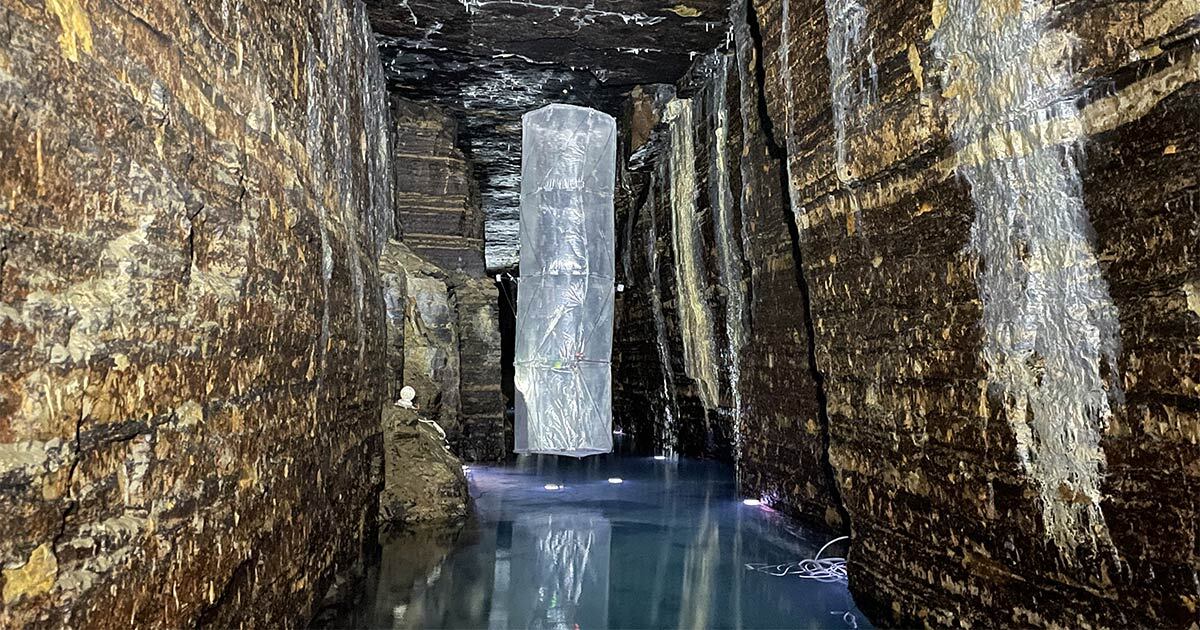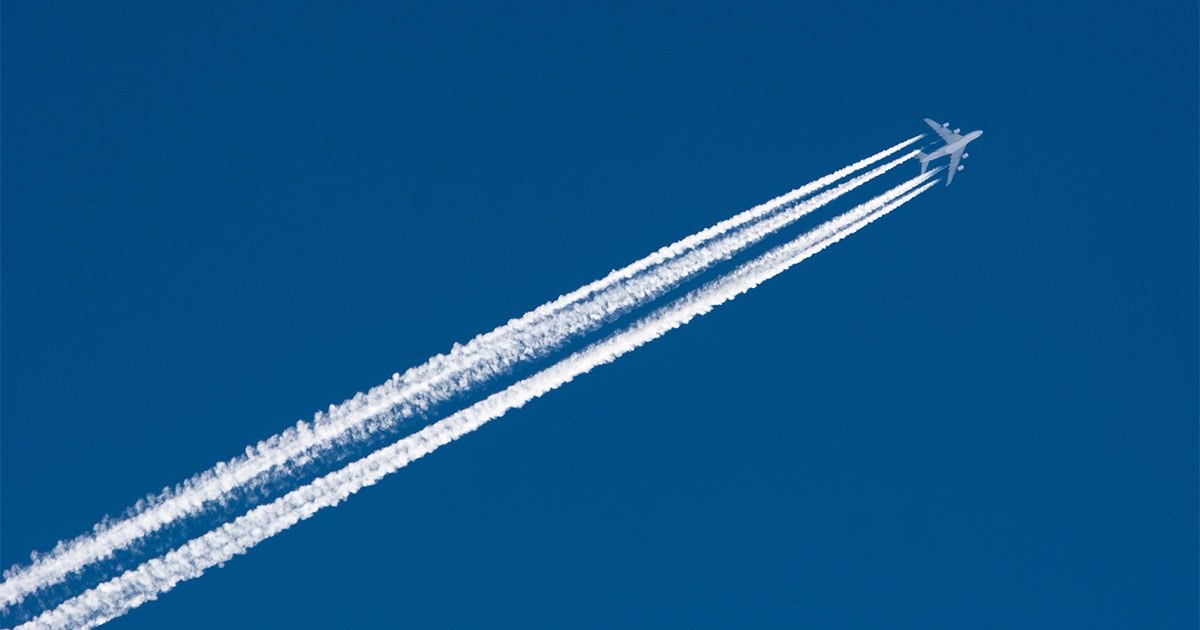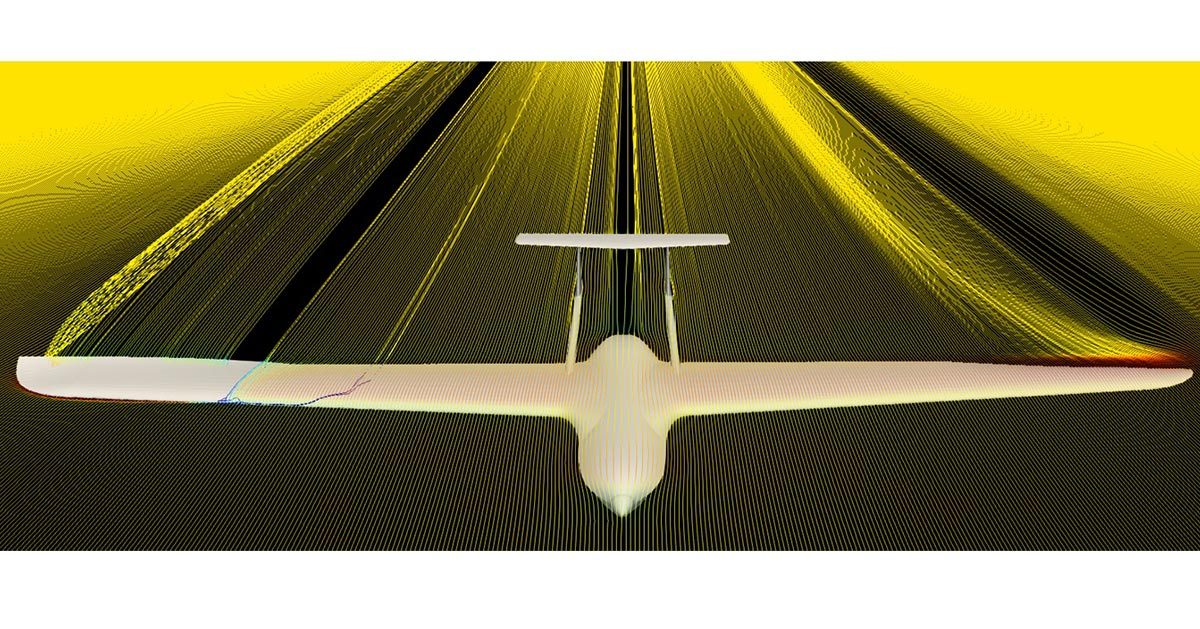Aeronautics and Aerospace
Global competition, which is always more fierce in the aeronautics and aerospace sectors, is now more intense than ever due to environmental concerns. Many are placing a great deal of hope in the invention of green or environmentally friendly aircraft. Keenly aware of the issues and eager to enhance the competitiveness of the Canadian industry, our research teams contribute directly to the development of technologies intended to reduce the environmental footprint and increase the performance and reliability of aircraft.
ÉTS Researchers Collaborate with the Biggest Players in the Industry
We are pioneers in these sectors. The equipment deployed in our laboratories is at the cutting edge of technology, while our research teams work with the most prominent companies in the industry and play key roles in associations such as the Consortium for Research and Innovation in Aerospace of Québec (CRIAQ) and the Consortium for Aerospace Research and Innovation in Canada (CARIC).
Strategic Directions in Aeronautics and Aerospace
ÉTS focuses on three main research topics:
- Innovative manufacturing (digital businesses, advanced manufacturing and materials, intelligent cells, robotics, composites, alloys, additive manufacturing, etc.);
- Avionics, control systems, UAVs and satellites;
- Aircraft modelling and simulation (tests, aerodynamics, computational fluid dynamics, multidisciplinary design, etc.).
Find a professor
State-of-the-art Equipment and Infrastructures
Researchers benefit from laboratories with latest-generation sophisticated equipment in the field of embedded systems, navigation and avionics, including:
- Flight simulators;
- 6 degrees of freedom (6-DOF) dynamic simulator;
- Autonomous flight system;
- Subsonic wind tunnel;
- Drones;
- Flying test bench;
- FMS (flight management systems) identical to those used in aircraft;
- Specialized software;
- Mobile autonomous recording system for all types of encoded avionics data protocols.
These state-of-the-art facilities allow researchers, graduate students and ÉTS industrial partners to conduct tests and experiments, to verify performance in the laboratory and to simulate various missions and scenarios.
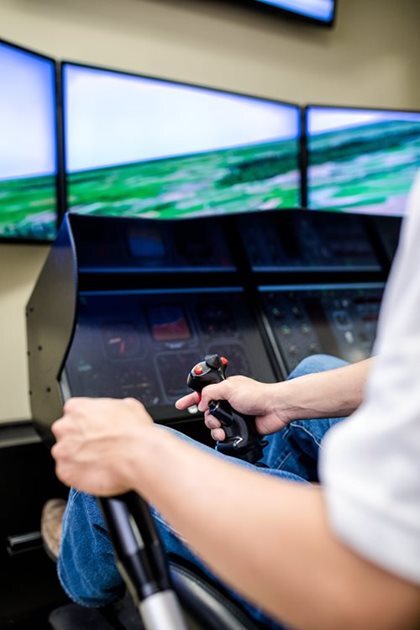
Aerospace 4.0
The AÉROÉTS group represents, promotes and integrates all ÉTS’s teaching and research activities in the aerospace field. In collaboration with other academic institutions and research centres, it has established Aerospace 4.0, an integrated program of research and education.
Getting out in front of the growth expected over the next few years in robotics, aircraft simulation and other industry 4.0-related technologies, this program conducts R&D projects on technologies related to the aerospace sector.
Main Research Activities:
- Robotics and additive manufacturing;
- Intelligent manufacturing systems;
- Multidisciplinary simulation and optimization of the factory;
- Design and simulation of products in development;
- Intelligent supply chains and logistics (product life cycle management);
- Advanced predictive maintenance systems.
Our researchers bring their expertise to the design of strategic technologies in all these domains:
- More electric, more intelligent systems;
- Competitiveness of manufacturing;
- The maintenance, repair, revision and end-of-life optimization of aircraft;
- Advanced configurations;
- Multidisciplinary design optimization;
- Energy management and alternative fuels;
- Highly integrated systems and integrated modular avionics;
- State-of-the-art air traffic management systems.
The Québec Aeronautics and Aerospace Industry
Chairs and research units related to Aeronautics and Aerospace
- Canada Research Chair for Aircraft Modeling and Simulation Technologies
- Canada Research Chair in Rheology of Polymer Blends and Composites
- Pratt & Whitney Canada Industrial Chair on Propulsion System Integration and Optimization
- Safran Industrial Research Chair on the Development of Sustainable Aero-Propulsion Systems
- Marcelle-Gauvreau Engineering Research Chair in environmentally friendly composite materials
- DYNAMO – Research Laboratory in Machine, Process and Structural Dynamics
- GRAM – Acoustics Research Group in Montréal
- GRANIT – Research Group on Numerical Applications in Engineering and Technology
- LAMSI – Shape Memory Alloys and Intelligent Systems Laboratory
- LARCASE – Aeronautical Research Laboratory in Active Control, Avionics and Aeroservoelasticity
- LASSENA – Laboratory of Space Technologies, Embedded Systems, Navigation and Avionic
- LIPPS – Products, Processes, and Systems Engineering Laboratory
- LOFPA – Laboratoire d’optimisation des procédés de fabrication avancés
- TFT – Thermofluid for Transport Laboratory
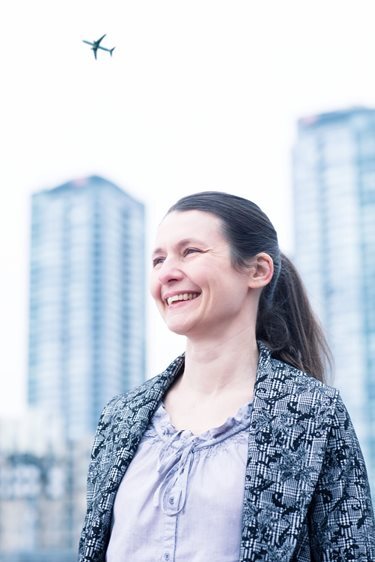
Through our simulations, we are able to reproduce the entire flow. It’s a bit like going under the sea—under the waves—and being able to look at the structure underneath.
— Marlène Sanjosé: A Fascination with Tangible Results
Marlène Sanjosé’s work has many applications, such as improving the design of ventilation, heating or air conditioning systems in many fields including buildings, industrial facilities or aircraft cockpits. The developed methods also apply to reduce noise sources of propellers or turbomachinery in the aeronautics industry.
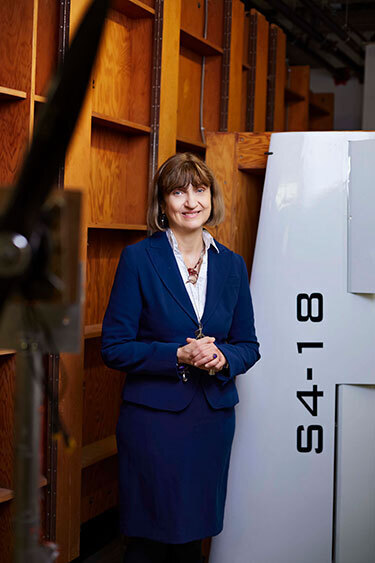
Designing a deformable airplane wing to reduce fuel consumption.
— Ruxandra Botez: Aerospace Excellence at ÉTS
Since the beginning of her career, Professor Ruxandra Botez has made significant contributions to the fields of aircraft design, modelling and simulation, from both a theoretical and practical perspective. Her research is considered highly impressive within Canada’s aerospace industry and her work has won a number of awards and distinctions. Under her supervision, her students have won more than 20 awards.

